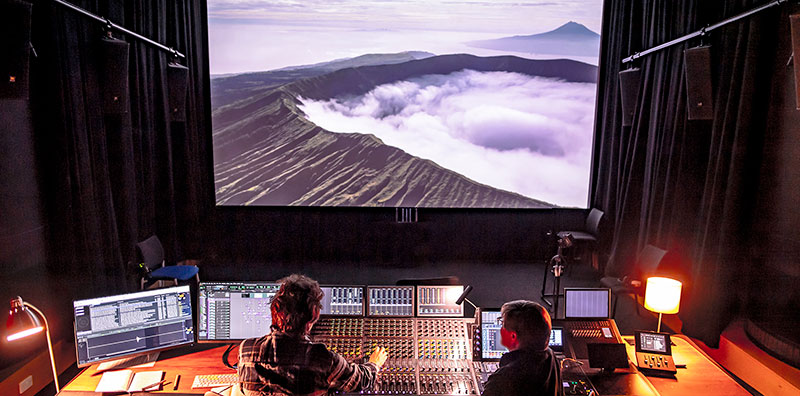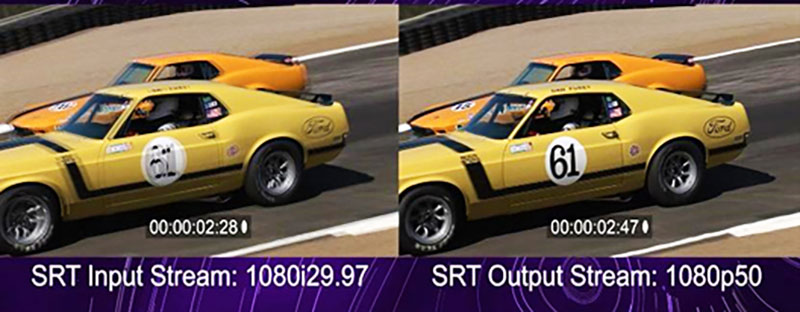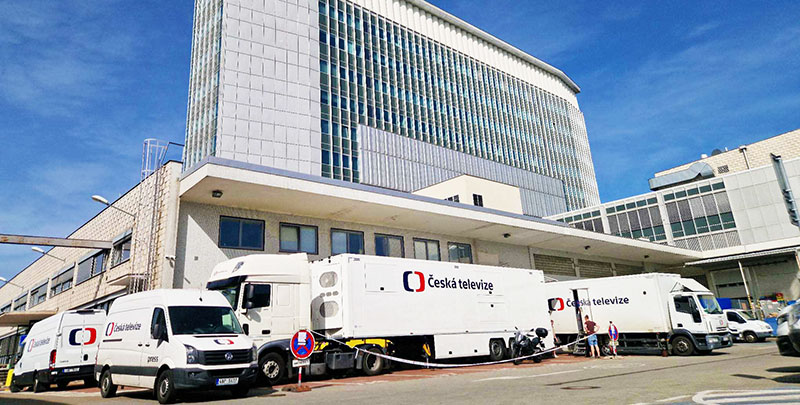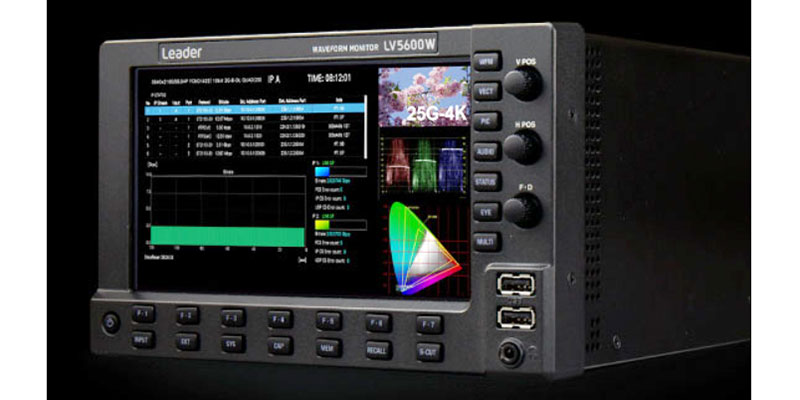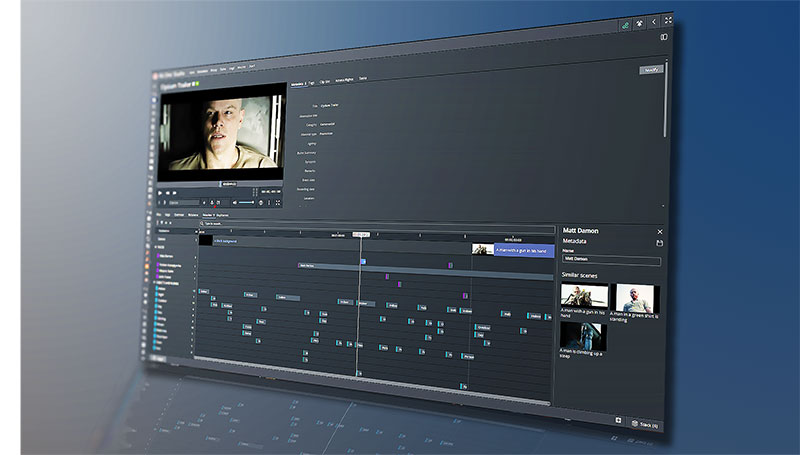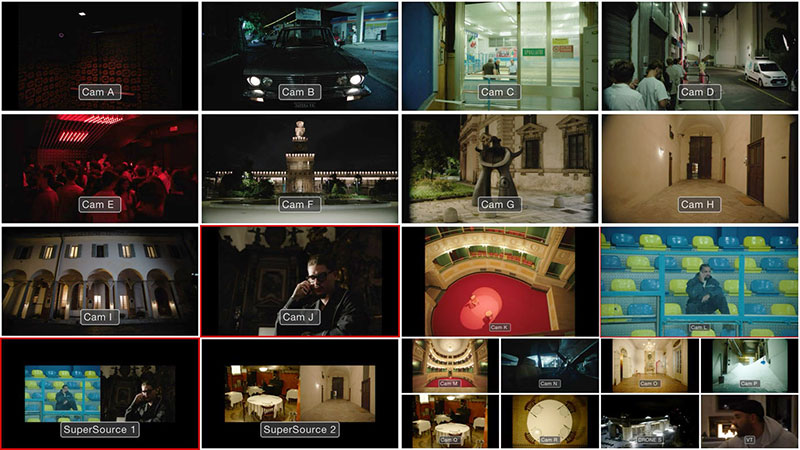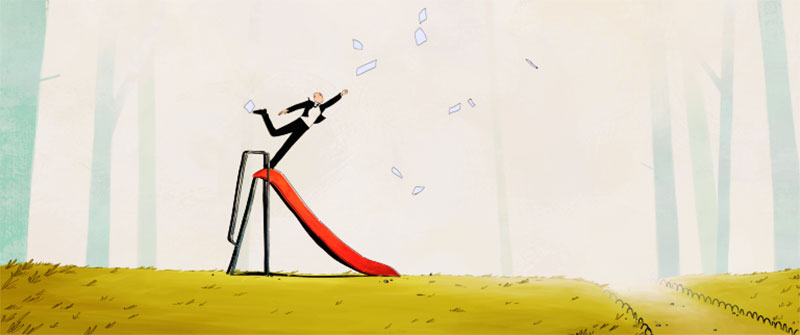Matthew Celia has devoted years to the evolution of immersive cinema and technical requirements for today’s workflows working with URSA Cine Immersive and DaVinci Resolve Studio.
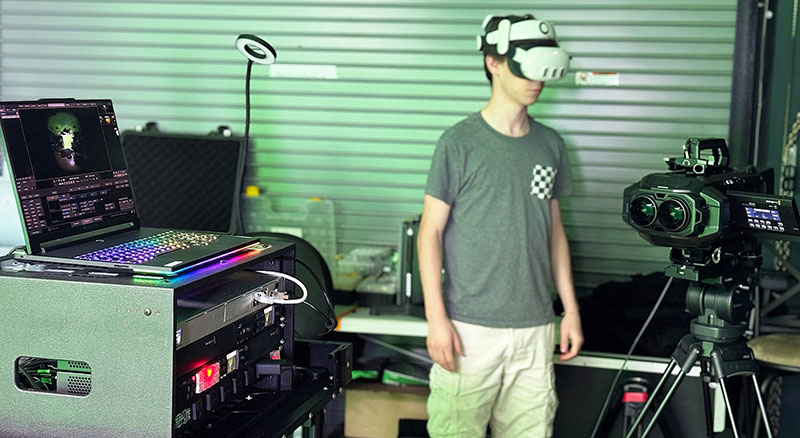
Creative studio Light Sail VR has been pushing the potential of immersive media storytelling for narrative storytelling since it first opened in 2015. Located in Los Angeles, the studio is led by Co founder and Creative Director Matthew Celia, with Co founder and Executive Producer Robert Watts. Their team recently won an Emmy at the 2025 awards for Outstanding Emerging Media Program for SNL 50th The Anniversary Special: Immersive Experience.
“When we launched in 2015, Robert and I were very interested in the immersive video space, but most of the content at that time seemed to be lacking great narrative storytelling,” Matthew said. “I felt there was a tremendous opportunity to add value to the medium by focusing on projects that told great stories and were a good match for immersive video.”
With 10 years in the medium, Matthew has followed its growth, seeing an initial bubble when a lot of content was made but was limited by the equipment of that time. “That turned people off the format,” he said. “However, a few of us stayed with it, and we are passionate about exploring storytelling in this new medium. With the launch of Apple Vision Pro, we’re seeing a renewed interest, and the gear across the pipeline has improved. These aren’t the immersive videos of a decade ago. The storytelling is better, the capture and delivery are better with tools like URSA Cine Immersive and DaVinci Resolve Studio, and audiences are really starting to connect.”
Starting with the Image
Before deciding to purchase the Blackmagic URSA Cine Immersive camera for projects at Light Sail VR, Matthew had captured immersive films on almost every other camera system over the last decade. “Previously, every camera was a tradeoff. We didn’t have the dynamic range we wanted, the resolution, the support for 3D or the image quality that we wanted due to compression and various other factors,” he said. “The tools often weren’t compatible with modern movie sets and workflows, or they were custom built, which is cool but also makes it difficult to get several cameras together for multicamera capture, like we do at our concerts.
“A good experience must start with a good image. We’re doing so much manipulation to our images that each transform slightly degrades the quality, and those pixels are getting blown up to look huge in front of our audience. So, our needs are very precise. We want huge resolution, so we have a healthy number of pixels per degree. We need large dynamic range and great colour science.

But we also want traditional cinema standards, so the equipment can plug into preexisting pipelines and close the knowledge deficit that’s already so high with immersive filmmaking. As a purpose built immersive camera, the URSA Cine Immersive covers all of these demands. It’s an actual cinema camera that comes with a fully compatible camera to post workflow with DaVinci Resolve Studio.”
Intensive Testing – URSA Cine Immersive
Light Sail VR has been testing URSA Cine Immersive in a variety of scenarios to better understand how to create the best looking immersive content with it. “I’m pleased to say that it has pleasantly surprised us time and time again,” said Matthew.
“Low light historically has been a problem, and one that we knew would be especially challenging given that this camera captures at 90fps. We shot some fire dancers, and while the footage inevitably has some noise, it cleans up with denoising quite well, and the HDR capabilities of Apple Vision Pro make the fire pop. It’s incredible to see.”
Close proximity was another test that was important to Light Sail VR. He said, “Once you explain that the idea of moving close to characters to deliver an unparalleled feeling of connection is what makes immersive filmmaking so powerful, the next question is, ‘How close can I get?’ The camera’s design is a critical factor here because certain physical limitations are associated with working in 3D.
“We put the camera in the back seat of a car and drove around, and found that it delivered comfortable stereoscopic images at very close range. The camera’s dynamic range was also tested here because the environment outside the car was very bright compared to inside. I was amazed at the camera’s ability to hold detail in the shadows as well as the highlights, with a beautiful falloff. It delivers a very cinematic looking image, especially when graded in HDR for viewing in Apple Vision Pro.”
Another test involved capturing footage on an outdoor trail. The camera’s built in ND filters more than adequate for controlling exposure. Here, the goal was to test how the compression handles fine detail like trees and tall grass. The image improved to be quite sharp, even without the post processing Matthew normally undertakes.
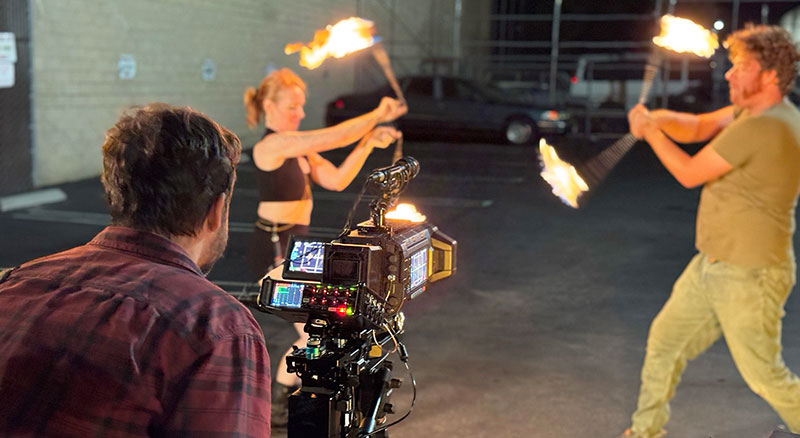
He emphasised that throughout the process, URSA Cine Immersive has helped to simplify the overall immersive workflow. “Working in lens space means we can move to editorial more quickly and remove the previous step of having to ‘develop’ our immersive films,” he said.
Immersive Post
Using previous workflows and tools has been their main hurdle, except when it came to DaVinci Resolve Studio. “Because working in lens space is so new, our traditional plugins and tools for titles, VFX, stabilisation and denoising pipelines need a bit of updating. Having a facility already well versed in DaVinci Resolve Studio has made it much easier,” he noted.
“We switched over to DaVinci Resolve Studio many years ago because we needed something with a rock solid foundation when playing back high resolution, high frame rate media. We also needed support for 3D and sophisticated colour science in order to give our work that cinematic feel we knew audiences were craving. It was astonishing to me that we found all that in a single tool: DaVinci Resolve Studio,” Matthew said.
“For the last few years, we’ve used the powerful integration with Fusion to roll out a lot of our own immersive tools, but now with native support for URSA Cine Immersive, those tools are getting native integrations, and that’s very good for the industry. It will become easier to create extremely high quality work.”
Advancing Collaboration
Now serving as the ‘glue’ that binds Light Sail VR’s post production workflow, the studio has used DaVinci Resolve Studio for editorial, VFX and colour grading for many years. “The collaboration features have been huge time savers for our pipelines, which are often really complicated and time consuming due to the high resolution and high frame rate content. Having multiple artists working together on the same project certainly feels very modern,” Matthew considered.
“We also now have a live preview inside the headset when capturing, and we can review footage in the headset while we’re editing, without having to wait a few hours for an export. We can post-produce cuts and use our tool Screening Room to give feedback right inside the headset. Furthermore, platforms can now stream 90fps content at 4K per eye with almost no lag time. These are incredible technological and workflow improvements that help keep us focused on the creative flow, rather than the engineering.”
Immersive Essentials
When it comes to creating immersive content, Matthew has compiled his own list of priorities. First, make sure your concept works for immersive storytelling. “I often see creative people bring ideas that would be better executed as a 2D cinematic project. The best immersive projects are the ones that deliver on the promise of making you feel like you are present in the story. They are fuelled by authentic characters and environments. They deliver an intimacy that only this medium can.”
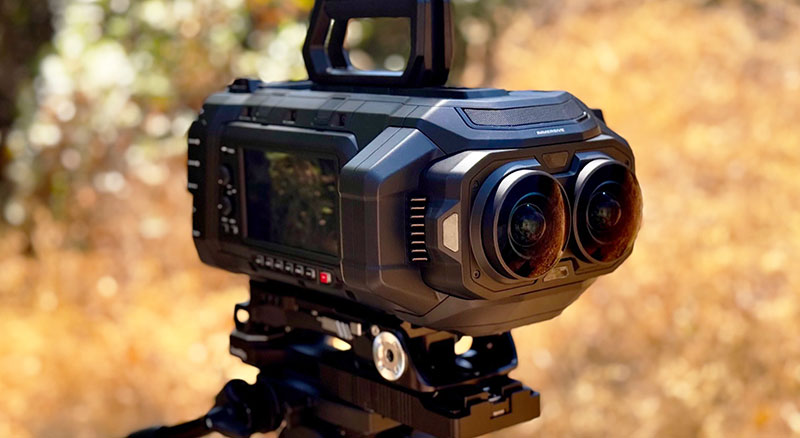
He also urges immersive storytellers to plan in extreme detail – pre-production is critical – and to avoid taking on too big a story. “This medium creates a sensory overload, so you will be more successful with well executed, simple concepts that won’t overwhelm audiences. The technology is so powerful that if you have a great story, you don’t need a lot of fancy camera moves to immerse your audience.”
He notes that it’s important to be aware that everyone involved in your project is likely to be working with a knowledge deficit, and that many unknowns still exist in this newer medium. “Don’t assume anything and ask a lot of questions. Hire people who know what they are doing and listen to them. Those who have been at it for a while have probably run into your problem before, and everyone wants to help each other create better content. Stand on the experts’ shoulders instead of trying to reinvent the wheel.”
The Next Big Chapter
According to Matthew, filmmakers are on the edge of the next huge chapter of immersive storytelling, and the best is yet to come. He said, “While immersion is a physical thing, it’s the emotional connection that’s really powerful in this medium. That small agency of being able to take in a scene without the prescription of another person’s set frame delivers a strong connection to the material. If we’ve done our job right as storytellers and delivered on that promise of presence and intimacy, then that emotional connection will be solid and memorable.” www.blackmagicdesign.com




